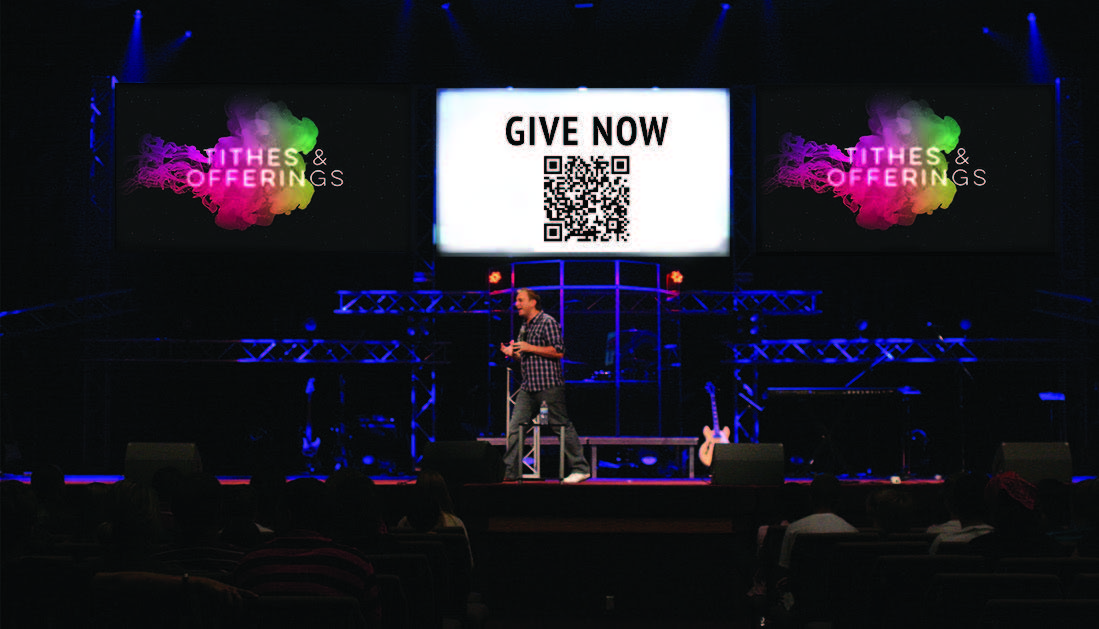
Congregations’ adoption of new offering and giving platforms during the pandemic shows how religious institutions are reaching wider followings but also experiencing greater inequality in the digital age, reports Arielle Pardes in Wired magazine (February 10). While at the start of 2020 about half of American churches used digital tithing services, Covid-19 greatly accelerated the trend, with one-third of churches that weren’t using a digital tithing platform having signed up for one just a few months into the pandemic. Givelify, a digital tithing service, reports that with its rising numbers of new users the gross amount of donations to churches on its service has remained steady during the pandemic (although there was a slight decrease in the number of donors in recent months).

Source: ShareFaith Magazine.
The company also found that one-third of faith-based organizations actually reported an increase in donations, especially ones with more of a digital presence.
In fact, churches with YouTube channels, Instagram pages, and prominent websites saw 533 percent more donations than those without such a presence. Another digital tithing service, Pushpay, says that churches have seen as much as $500,000 in new giving a year after signing up for the service. “This means that half a million dollars was sitting there latent, but people started giving because they can now do it from their phone,” says Troy Pollock, Pushpay’s chief ambassador. Pardes adds that the company sees its payments platform as an entry-level product that can introduce churches to its other technological solutions. These include features allowing churches to upload sermon notes and prayer cards for members and a “church management system” that keeps data on parishioners and “can help churches to gently nudge their members to be more active, from attending services on Sundays to volunteering and teaching Bible study classes,” Pardes writes.
Such an acceleration in congregations’ use of new technologies could lead to massive changes like those seen in other industries, such as media and retail, as they moved online. In those cases, money, influence, and attention gravitated to a new small pool of “winners,” often at the expense of smaller outfits. “You’re going to have the top 40 preachers that everyone listens to, and the regular everyday preacher is not going to be able to compete,” says William Vanderbloemen, a former pastor and founder of the Vanderbloemen Search Group. He adds, however, that people “will still show up to hear a message from a pastor who knows their specific community on a micro-contextual level.” Walle Mafolasire, Givelify’s founder, calls this the “Amazon-like way of experiencing faith.” People might still be “practicing with their local parish, but they’re also looking around more at other churches, and in many cases giving money to them too.” About 20 percent of Givelify’s donors have given money to multiple faith-based organizations. Mafolasire thinks that the churches that get ahead will be the ones that can magnify their online presence. “For those churches who saw their giving increase, it was coming from their ability to reach a wider audience.”
(Wired, https://www.wired.com/story/covid-19-digital-divide-giving-american-churches-hell/)